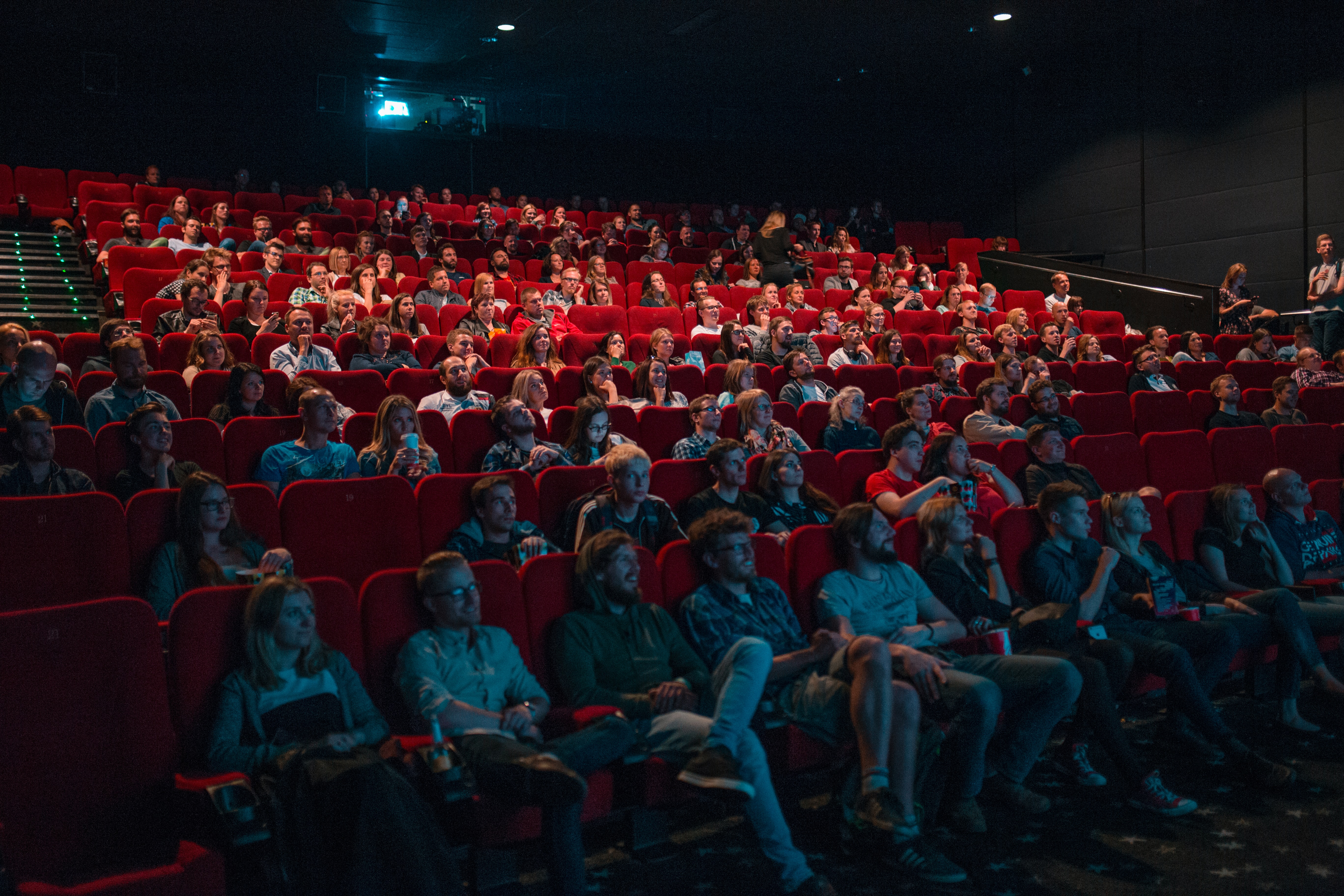Shopping malls around the country continue to rebound from the pandemic-influenced decrease in consumer traffic and landlords remain optimistic about the balance of 2022, in part due to an expected increase in people going to movie theatres later this year.
Although traffic remains down, overall retail sales are trending upwards which is providing confidence in the upcoming holiday season, according to comments made by Colin Shaughnessy, Executive Vice President of Unibail-Rodamco-Westfield during a Placer.ai-sponsored webinar. He believes major department stores still have relevancy in malls, especially brands which are re-inventing themselves with small footprints, such as Bloomingdale’s.
 “It seems as if shopping malls – challenged the by pandemic, higher gas prices and now rising inflation – went from the frying pan and into the fire,” stated Ethan Chernofsky, Vice President of Marketing for Placer.ai and the webinar’s moderator. “But based on our consumer traffic studies, indoor malls performed significantly better than expected and, in our view, should have felt more pain from the legacy of COVID. Overall, malls have rebounded extremely well.”
“It seems as if shopping malls – challenged the by pandemic, higher gas prices and now rising inflation – went from the frying pan and into the fire,” stated Ethan Chernofsky, Vice President of Marketing for Placer.ai and the webinar’s moderator. “But based on our consumer traffic studies, indoor malls performed significantly better than expected and, in our view, should have felt more pain from the legacy of COVID. Overall, malls have rebounded extremely well.”
“Successful and enduring shopping malls consistently offer something different to the consumer,” said Shaughnessy. “I tell my leasing agents that when they see consumers standing in line for a product, they need to investigate that retailer and bring them into our portfolio. Customers also value safety, convenience and cleanliness and, although landlords are not as flush as cash as they used to be, need to provide those amenities to remain relevant.
Retailer shake-out
“The demise of the mall was overstated,” he continued, “and although traffic was off between 4-6% in June at our flagship malls and 10% off at our regional projects, sales were approximately up close to 20% across the broad. I give retailers most of the credit for being creative and finding ways to lure people back but landlords have also done a better job of connecting with people through the power of social media and other tactics. COVID shook out some of the bad retailers, which wasn’t necessarily a bad thing as I believe we need to peel back some of the fashion concepts in malls, in lieu of more medical and wellness categories. Being healthy and fit is now perceived as a luxury in today’s environment.”
Help is on the way in the form of movie-goers
Sit-down restaurants and movie theatres were among the hardest hit retail categories during the healthcare crisis. Both have stormed backed with theatre visits rising more than 72% between March and July, according to Placer.ai. Shira Petrack of Placer.ai suggests that, despite the increase in ticket prices, seeing a movie is still considered a relatively inexpensive night out.
Summer blockbusters, such as “Top Gun: Maverick,” have paved the way for a new wave of movies arriving this fall and over the holiday season, which will benefit the shopping malls anchored by these theatres.
“By their nature, movie theatres have a great deal of unused space and they need to figure out ways to monetize these areas with amenities such as restaurants and bars. But I am encouraged by the comeback and see continued improvement,” Shaughnessy said.
Smaller footprint department stores
“We firmly believe the department store category has a long shelf life in regional malls, but we are also preparing for a future without them,” he continued. “Macy’s has done a phenomenal job of late, but I am also impressed with the smaller-footprint stores introduced by Bloomingdale’s. I recently visited the Bloomie’s, contained in the Mosaic District in Northern Virginia, and believe this will be a more efficient way of operating as opposed to filling up 250,000 square feet of retail space.”
Pop-ups and digital natives
He adds that there is a place for pop-up stores, especially those that “don’t want to spend millions of dollars to enter a market and, instead, wish to take a temperature before going in all-board.” Design and build-out of certain pop-up stores are extremely impressive and tastefully executed, he said. Digitally native brands also provide compelling reasons for consumers to visit malls.
“Allbirds is performing well in many of our malls and I especially like that they have moved slightly away from footwear with the offering of apparel to become more of a lifestyle brand,” Shaughnessy said. “When you move offline and into a brick-and-mortar environment, you can start to build a culture behind that brand.”
The back-to-school shopping barometer
“The strength of back-to-school shopping typically sets the tone for holiday season sales and, although sales have increased in certain categories, it is clear that families are still very concerned about inflation,” stated Cailey Locklair, President of the Maryland Retailers Association. “We detected a trend among families to recycle or reuse essential items – such as backpacks, lunch boxes and writing instruments – and instead focus on the purchase of apparel and shoes. The good news nationally, and throughout Maryland, is that consumers generally are feeling increasingly comfortable visiting brick-and-mortar stories, which bodes well for the balance of the year.”